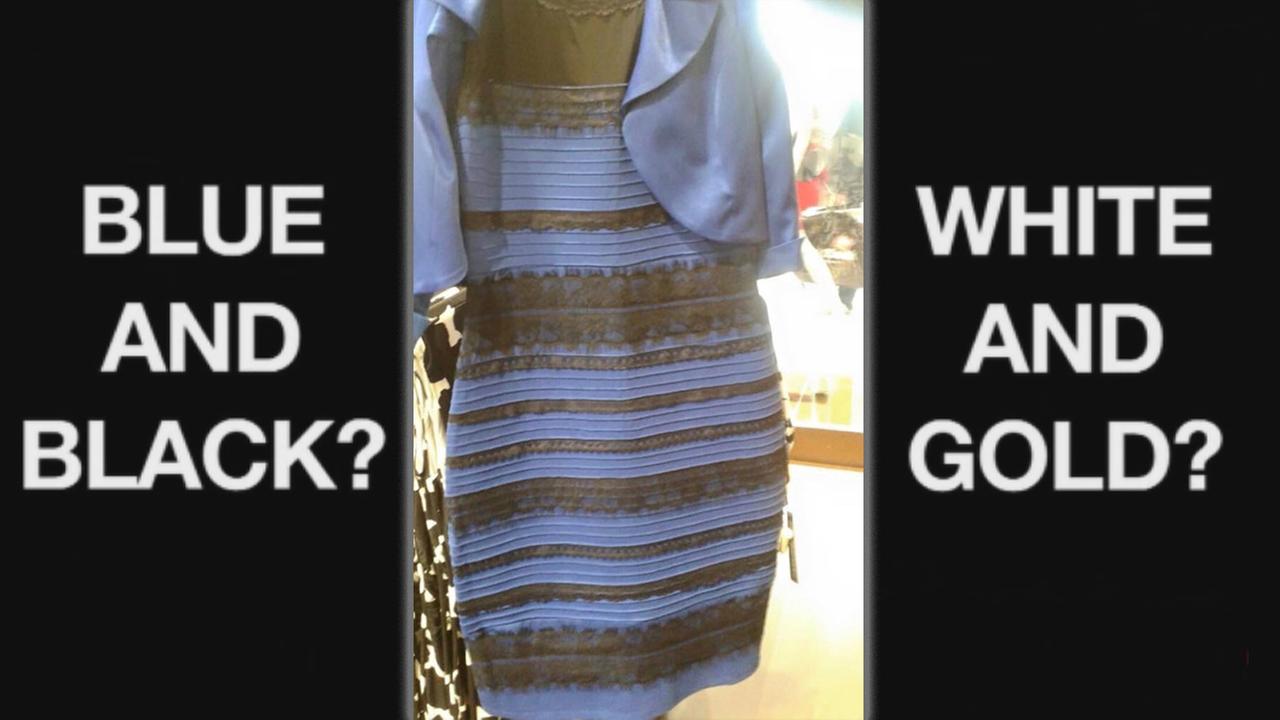Take a look!
What is visual perception?
Visual perception is the process of recognizing and interpreting visual information around us from sensory stimuli. The human eye receives stimuli in the form of light. Next, the eye sends the stimuli to the brain, so the signals can be interpreted into physical images. This is a process of the central nervous system.
Perception vs. Reality
To properly understand visual perception, it is necessary to first understand the difference between perception and reality. Perception is our "recognition and interpretation of sensory information," including the human response to the information. The key word in this definition is interpretation, because this is where perception and reality differ. It is possible for a person to see something that is not actually there, like a hallucination or illusion. The person is not necessarily wrong about what they are seeing, but it is not reality. The illusion is the person's individual perception of reality.
Processes in Perception
There are two main processes said to be involved in perception. The first is bottom-up processing, and the second is top-down processing. In bottom-up processing, perception is initiated by the stimulus itself; it is mono-directional and each stage in the pathway performs a more in depth analysis of the input than the last. Top-down processing occurs with the use of contextual information in pattern recognition. While there is controversy about which of these processes truly defines perception, a psychologist by the name of Richard Gregory makes a strong argument for top-down processing. He says that perception is a "hypothesis," based on prior knowledge, and it is formed according to our environment and stored information. Gregory's theory claims that because a lot of information is lost in the pathway between the brain and the eye, the brain has to infer what the eyes are seeing based on past experiences. (To learn more about Gregory's theory, click here).On the contrary, James Gibson says that perception is a singular direct process, and relies on bottom-up processing. He says that there is no interpretation involved perception, and that it can be explained solely in terms of the environment. (To learn more about Gibson's theory, click here).
The Dress!
As many of you probably remember, a few years ago there was a photograph of a specific dress circulating the internet. For some people it appeared blue and black, and for others it appeared white and gold. The mass hysteria caused by this photograph left people dying to know the reasoning behind it. Researchers studied the phenomenon and found that it all has to do with the brain's perception of color. In an article from livescience.com, the author says that according to a study performed by neuroscientist Bevil Conway, "the differences in color perception are probably due to assumptions the brain makes about the illumination of the garment so that it will appear the same under different lighting, a property known as color constancy." This explanation aligns more with Gregory's theory of top-down processing, because of the implication that human brains make assumptions that alter perception. For another fascinating explanation, check out this video from ASAP science. "The Dress"phenomenon caused many people to think about the question of whether different people see colors differently, which is a difficult thing to wrap one's head around. The explanation to the experiment and the science behind it left me wanting to know much more about visual perception in general. I find it incredibly interesting how visual perception theory combines both psychology and biology, and while there is still some ambiguity surrounding the topic, I am intrigued to learn what other theories exist.





It's so interesting that our brain's interpretations and prior knowledge unconsciously distorts something as simple as our perception of colorful shapes. It's a little unnerving to think that differences in perceptions or interpretations can change someone's reality, so two people looking at the same thing see something completely different. I think this issue applies to a lot of society's conflicts as a whole.
ReplyDeleteIt's quite wild to think that everything we see is impacted by something as simple as the amount of light present. I remember when I first saw the oh-so-annoying blue and black/white and gold dress I saw it as blue and black. However, when I turned up the brightness on my phone, I saw white and gold. I never wondered how light affected our perception until reading this article, so thank you for writing on this! Furthermore, hallucinations are fascinating to me and it makes complete sense that they are just the brain interpreting things that aren't truly there because alcohol, drugs, and psychotic disorders cause them.
ReplyDeleteI've never considered that perception could be a hypothesis, and never really thought that what we observe and believe to be reality could simply be a figment of our imagination, or that our brain could be interpreting information wrong. Because we all have different versions of reality, this article proves how unique everyone's minds truly are, and that we all must be open minded when interacting with others.
ReplyDelete